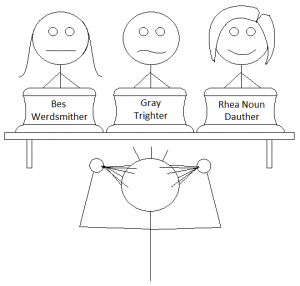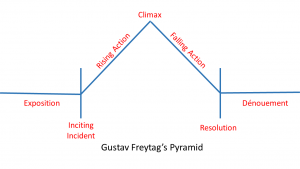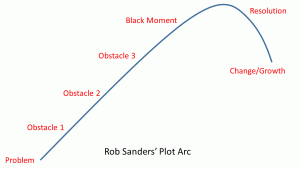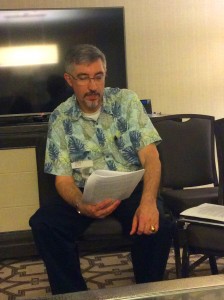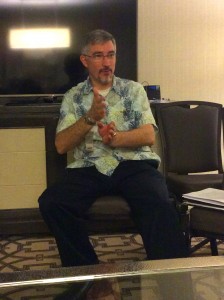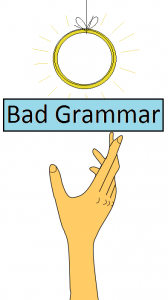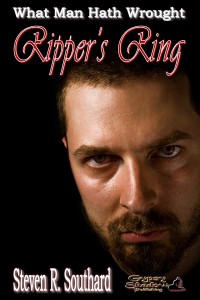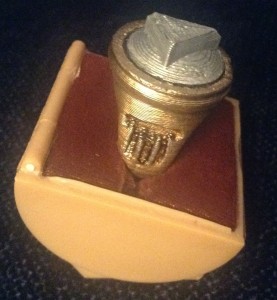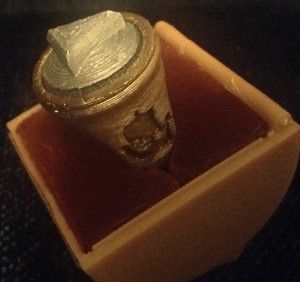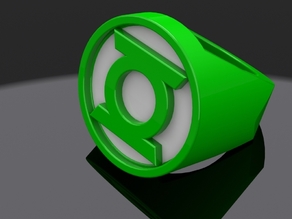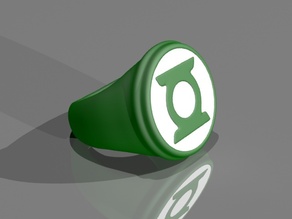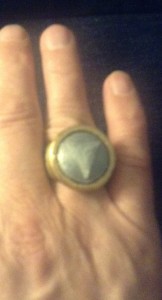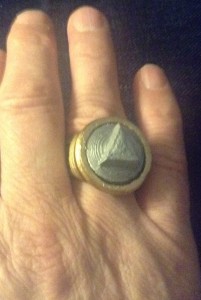You returned home energized after attending a writer’s conference and you know that feeling will fade, but you wish it wouldn’t. Are there any techniques for maintaining your enthusiasm level?
Of course there are, and you happened onto the very blog post that reveals them.
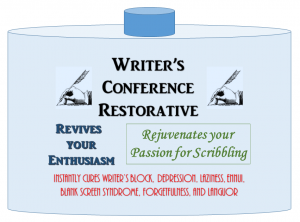 Let’s backtrack. After months of laboring in solitude, coming up with ideas all by yourself, and typing away at manuscripts alone, you go to a writer’s conference.
Let’s backtrack. After months of laboring in solitude, coming up with ideas all by yourself, and typing away at manuscripts alone, you go to a writer’s conference.
While there, you attend panels and hear published authors discuss tricks of the trade. You hear editors and publishers talk about current trends in your genre. You hobnob with writers and readers, bounce book ideas off other people, discover websites and software that might help you with your next story.
Heady stuff! Your mind is abuzz with plans and notions. You can’t wait to put all that information to use. This conference has revealed to you the hidden secret of getting published, and you’re convinced that this time, at this moment, and armed with this knowledge, you have finally cracked the cypher and will write your masterpiece and the world will stand in awe of the miracle that is you.
Back at home now. Sitting at the computer, your fingers are hovering over the keyboard. You’re ready for greatness.
Really ready.
Any moment now.
But something happened. Someone opened a mental drain valve and the fervor has flowed away. The passion has ebbed and leaked out.
It isn’t fair! One moment you held the key to immortality in your hands, and the next it’s gone, and there’s only you and an unhelpful blinking cursor again. Along with a hungry cat, or a dog that wants its walk, perhaps.
Sadly, there’s no concoction you can drink to restore the zeal you had at the conference. There’s no Excitement Elixir, no Talent Tonic, no Passion Potion. Top scientists are at work on the problem and may someday achieve a breakthrough, but for now you’re pretty much out of luck.
Except…
I have some ideas for—at least partially—restoring that feeling:
- Review your conference literature and notes.
- Write descriptions of your favorite conference moments, and what you learned.
- Using those descriptions, notes, and brochures to write down an action plan of things you’d like to try out.
- Whenever you get stuck, blocked, or depressed about your writing, review your conference notes and descriptions.
- E-mail any contacts you met at the conference, and engage with them.
- Join a critique group.
- Join a writer’s group.
- Take a course in creative writing.
- Read a book about writing.
If all of those fail, well, you can always register for the next writer’s conference. That will at least restart the cycle, beginning with the thrill of anticipation.
It was a great conference, though, wasn’t it? We can’t bottle the feeling, but we can at least recall it and relive it in our minds, and try other things to rekindle it. Though I’m no Snake Oil salesman, I hope you derive some benefit from the ideas you get from—
Poseidon’s Scribe

